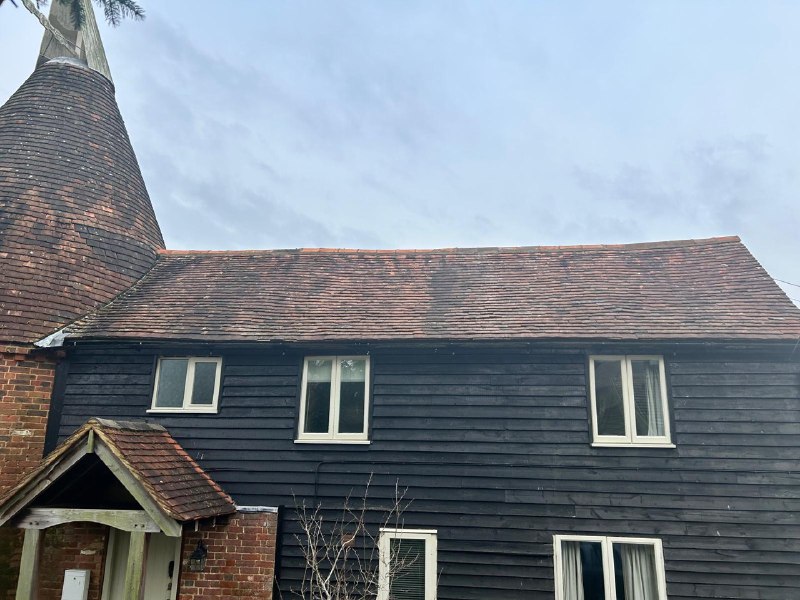Introduction: Your roof serves as your home’s first line of defence against the elements, but it’s also constantly exposed to the whims of weather. From scorching sun to driving rain, each weather condition can affect the stability of your roof tiles in different ways. Understanding these impacts is crucial for maintaining the integrity of your roof and preventing issues like slipped tiles. In this blog post, we’ll explore how various weather conditions can influence roof tile stability and how homeowners can mitigate potential risks.
- Extreme Heat:
- High temperatures can cause roof tiles to expand and contract, leading to movement and potential instability. Over time, repeated expansion and contraction cycles may weaken the bond between tiles and roofing materials, increasing the risk of slippage or displacement.
- Heavy Rain:
- Prolonged exposure to heavy rain can saturate roofing materials, making them heavier and more susceptible to movement. Water infiltration can also weaken the substrate beneath the tiles, compromising their stability and increasing the likelihood of slippage, especially on older or deteriorating roofs.
- Wind Gusts:
- Strong winds can exert significant force on roof tiles, especially along exposed edges and corners. Wind gusts can lift and dislodge tiles, particularly if loose or improperly installed. Additionally, wind-driven debris, such as branches or debris, can impact tiles and cause damage or displacement.
- Freezing Conditions:
- In colder climates, freezing temperatures can threaten roof tile stability. Water trapped beneath tiles can freeze and expand, exerting pressure on the roofing materials and potentially causing them to crack or shift. Thawing and refreezing cycles can exacerbate the problem, leading to further damage over time.
- UV Exposure:
- Over time, prolonged exposure to ultraviolet (UV) radiation from the sun can degrade roofing materials, including tiles. UV exposure can cause tiles to become brittle, fade, and lose their structural integrity, making them more prone to damage and slippage, especially on older roofs.
Mitigating Risks and Ensuring Stability:
- Regular roof maintenance and inspections are essential for identifying and addressing potential issues before they escalate. Homeowners should inspect their roofs periodically for signs of damage, loose tiles, or wear and tear, especially after severe weather events.
- Prompt repairs and replacements are crucial for maintaining roof stability and preventing further damage. If you notice any loose or damaged tiles, addressing them promptly is important to prevent potential water infiltration and structural issues.
- Consider investing in high-quality roofing materials and professional installation to ensure optimal durability and stability, even in adverse weather conditions.
- Consult with a reputable roofing contractor, such as Clifton Roofing Repairs, for expert advice, inspections, and repairs. A qualified professional can assess the condition of your roof, identify any potential issues, and recommend appropriate solutions to enhance stability and longevity.
Conclusion: Weather conditions play a significant role in influencing the stability of roof tiles, with factors such as extreme heat, heavy rain, wind gusts, freezing temperatures, and UV exposure posing potential risks. By understanding these impacts and taking proactive measures to mitigate risks, homeowners can ensure the stability and integrity of their roofs, protecting their homes from damage and maintaining peace of mind.
Call us on: 0115 647 1193
Click here to find out more about Clifton Roofing Repairs
Click here to complete our contact form and see how we can help with your roofing needs.

